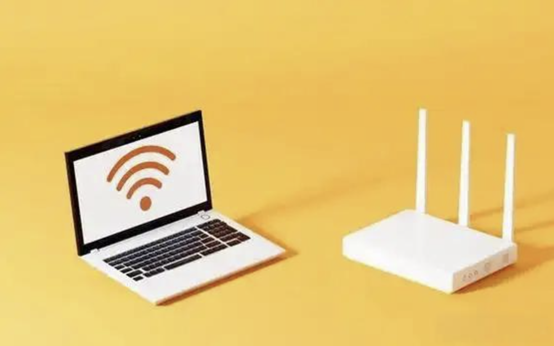
Many new technologies have emerged in the field of wireless communication, such as 5G, narrowband IoT, low-power wide area networks, etc. Although some technologies have existed for a long time, they have been unknown until the outbreak of IoT applications, as well as multiple market and policy factors, suddenly became popular, such as 4G Cat-1.

For short-range wireless communication, such as Wi Fi, data from multiple Wi Fi terminal devices is received through an AP, which is connected to a switch and is no different from wired device access. For large-scale Wi Fi coverage, an Access Controller (AC) is usually used to centrally manage and configure multiple AP devices. For scenarios with high security or data roaming requirements, data may be aggregated through AC and connected to switches. In addition, considering factors such as bandwidth and single point of failure, Wi Fi terminal data is directly sent from the AP to the switch.

Bluetooth is a representative of wireless personal area networks, which has its own complete protocol framework. In addition to the physical layer, data link layer, and application layer, it also includes Bluetooth specific protocols such as L2CAP and GAP. If the communication is within the domain network, the Bluetooth nodes can communicate based on the BLE protocol. If the data needs to be connected to the Internet, it needs to be realized through the gateway. The hardware configuration of the gateway can be “BLE+Ethernet”, “BLE+Wi Fi” or “BLE+4G”. The gateway receives BLE messages downwards and reports the collected data to the background through Ethernet, Wi Fi or 4G upwards. The gateway serves as unified data outlet.

RFID communication is simpler. RFID belongs to one-to-one recognition. RFID reader read tag data and then connect to larger networks through wired or wireless means. The RFID reader itself can play the role of a gateway, and the hardware configuration can be “RFID+Ethernet”, “RFID+Wi Fi” or “RFID+4G”. For example, RFID handheld terminal inventory devices read RFID tag information and transmit it to the backend warehouse management system through 4G.

The P-GW gateway is the last part of the 4G infrastructure that user terminal datagrams encounter before entering the public internet. If we take the P-GW as the boundary, externally, the P-GW looks like other network routers, and the mobility of 4G nodes in the core network is hidden behind the P-GW.
Post time: Apr-25-2025

